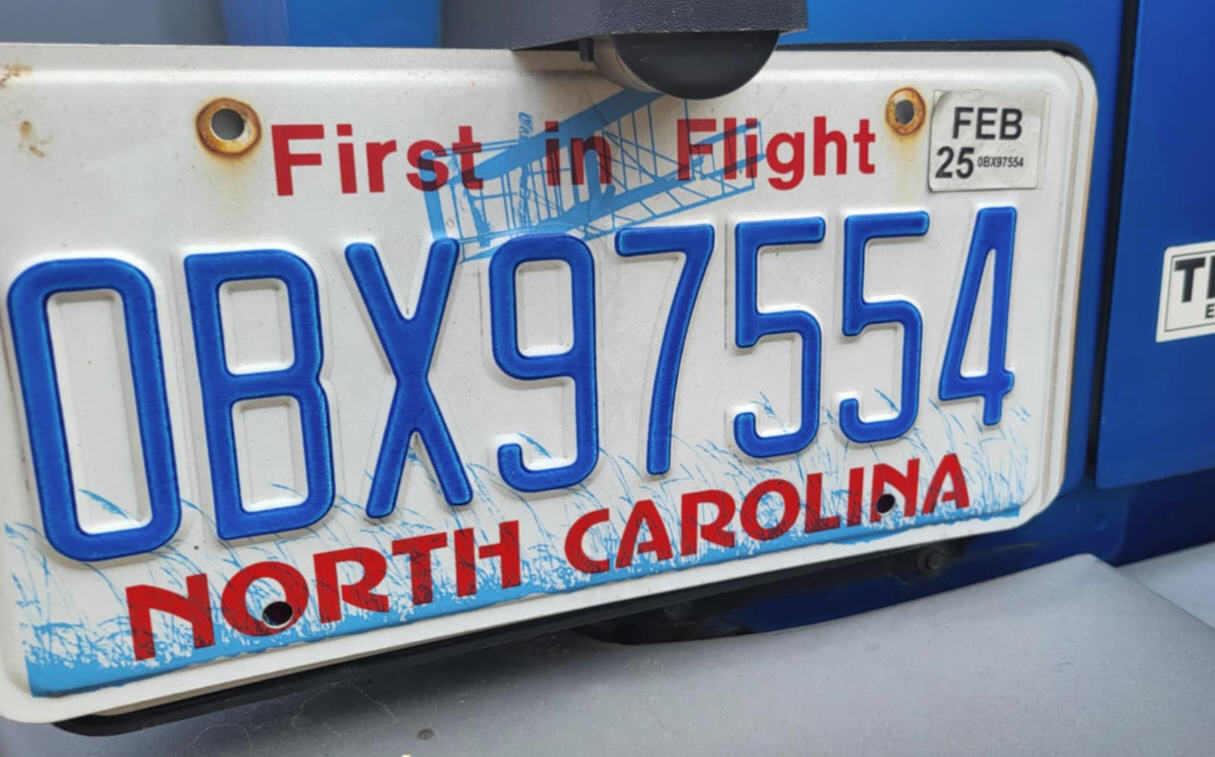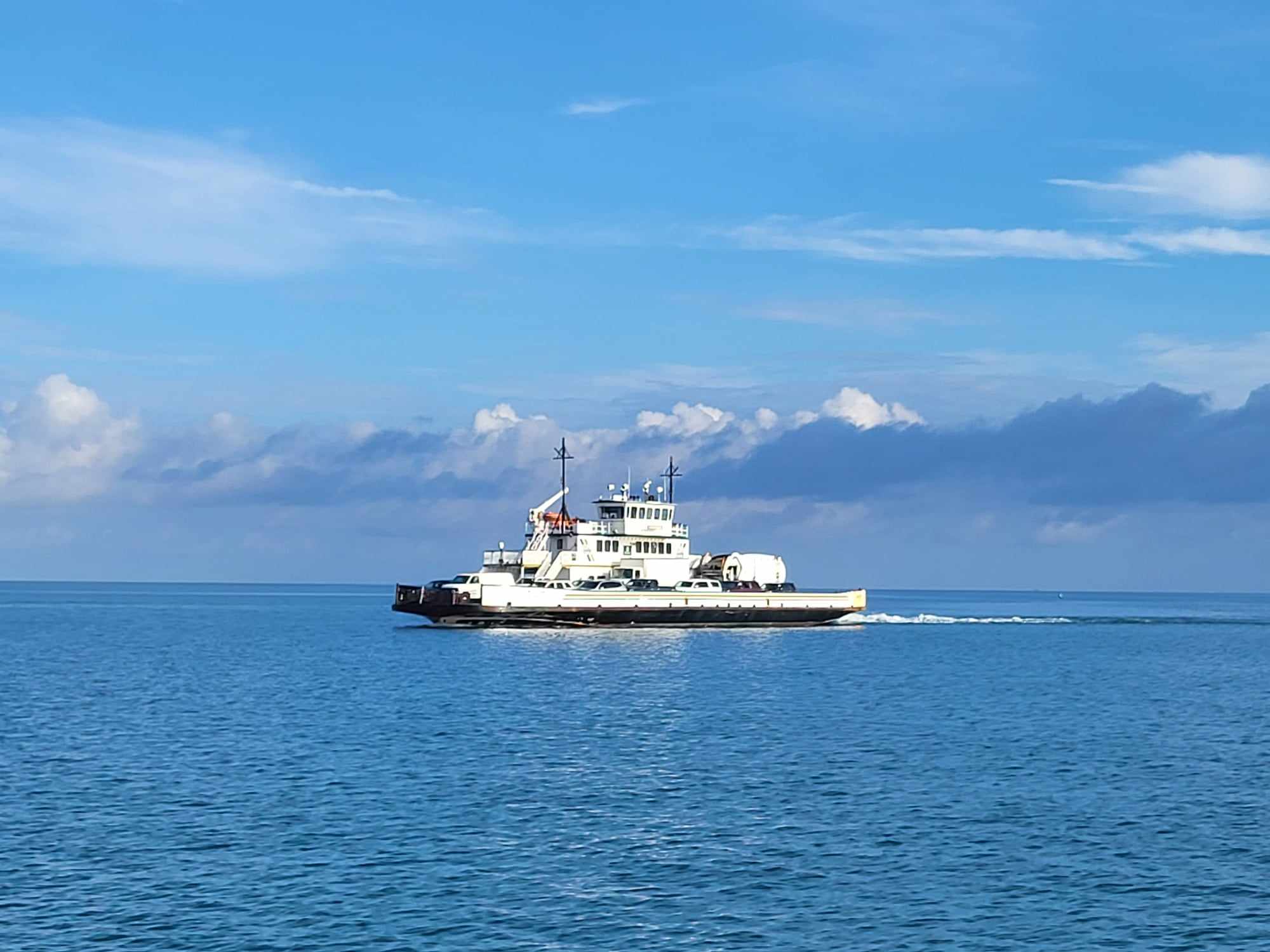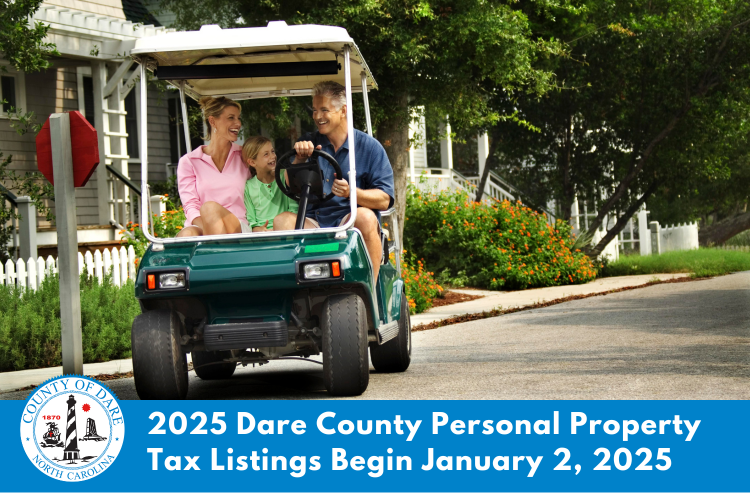Legal challenges in state courts could bog down replacing Bonner Bridge for several more years
A little more than a week after Outer Bankers applauded a federal judge’s strong ruling in favor of plans to replace the Bonner Bridge, the glow has dimmed with the realization that other legal action potentially could prevent construction for years.
“It absolutely could,” said Shelley Blake, general counsel for North Carolina Department of Transportation. “The way the process is now, it could definitely go on for years.”
Blake said that NCDOT has filed a motion to intervene in a lawsuit against the state Department of Environment and Natural Resources by the Southern Environmental Law Center, a non-profit group representing the Defenders of Wildlife and the National Wildlife Refuge Association. As an intervener, she said, the agency will be permitted to work in conjunction with DENR in defense of the project’s Major CAMA permit that SELC is challenging.
After the state Coastal Resources Commission last September issued the CAMA permit that allowed the Bonner project to begin, SELC filed a third-party hearing request to appeal the decision to an administrative law judge. The CRC denied the request in October, and SELC filed a petition for judicial review in Wake County Superior Court.
The judge ruled in favor of SELC in June, resulting in stay of the CAMA permit.
“A hearing has not been scheduled yet,” Blake said, referring to the judicial review. “It is probably going to be a little more lengthy discovery process with this one – we’re anticipating six to nine months.”
Only after all the documents are submitted will a hearing be put on the calendar. In the federal case, Blake said, “there were thousands and thousands of documents.”
Meanwhile, the SELC has 60 days to appeal from Sept. 16, the day U.S. District Judge Louise Flanagan issued her 42-page ruling denying SELC’s claim that DOT failed to abide by environmental rules in its plan to replace the bridge.
So far, Blake said the state has not heard whether the group plans to appeal. An e-mail request sent Tuesday morning to SELC for comment received no response.
“We’re just anxiously waiting,” she said.
As far as the state’s case, the federal court’s firm opinion against SELC could have a positive influence.
“We are definitely encouraged by the ruling of Judge Flanagan,” Blake said.
Theoretically, both legal actions could be appealed to higher courts, repeating the time-consuming steps – filing of briefs, submission of discovery, scheduling of hearings, etc. – required by law, until the process is exhausted.
That could delay replacement of the 50-year-old bridge far beyond its expiration date, a prospect that worries Outer Bankers who depend on the 2.4-mile span, the only land link to Hatteras Island.
According to a 2006 DOT document, the outside range of Bonner’s lifespan is 2016. Previous to the current legal snafus, construction on the 3-year project was supposed to have started earlier this year.
“We have to start,” Beth Midgett, chairwoman of the Citizens Action Committee to Replace the Bonner Bridge, said in an e-mail. “We have been more than patient by playing by the rules and allowing this to work through the system, but enough is enough. The federal judge has ruled. Whatever we need to do to get this bridge started, we will do. Time has run out.”
Permits from the National Park Service, the U.S. Fish and Wildlife Service and the Coast Guard that are also required to build the bridge have not yet been issued, said Beth Smyre, NCDOT project manager. But she said that DOT is not aware of any issues with obtaining the permits that cannot be addressed.
Whether or not the state can take emergency measures or find legislative or executive relief may be looked at in the future, the attorney said.
“I think at this juncture, because it hasn’t been said that absolutely it’s a public threat, there are probably no other options,” Blake said.
“As time goes on, we may have to be proactive to see what kind of options are out there. As of right now, I am not aware of any.”
















